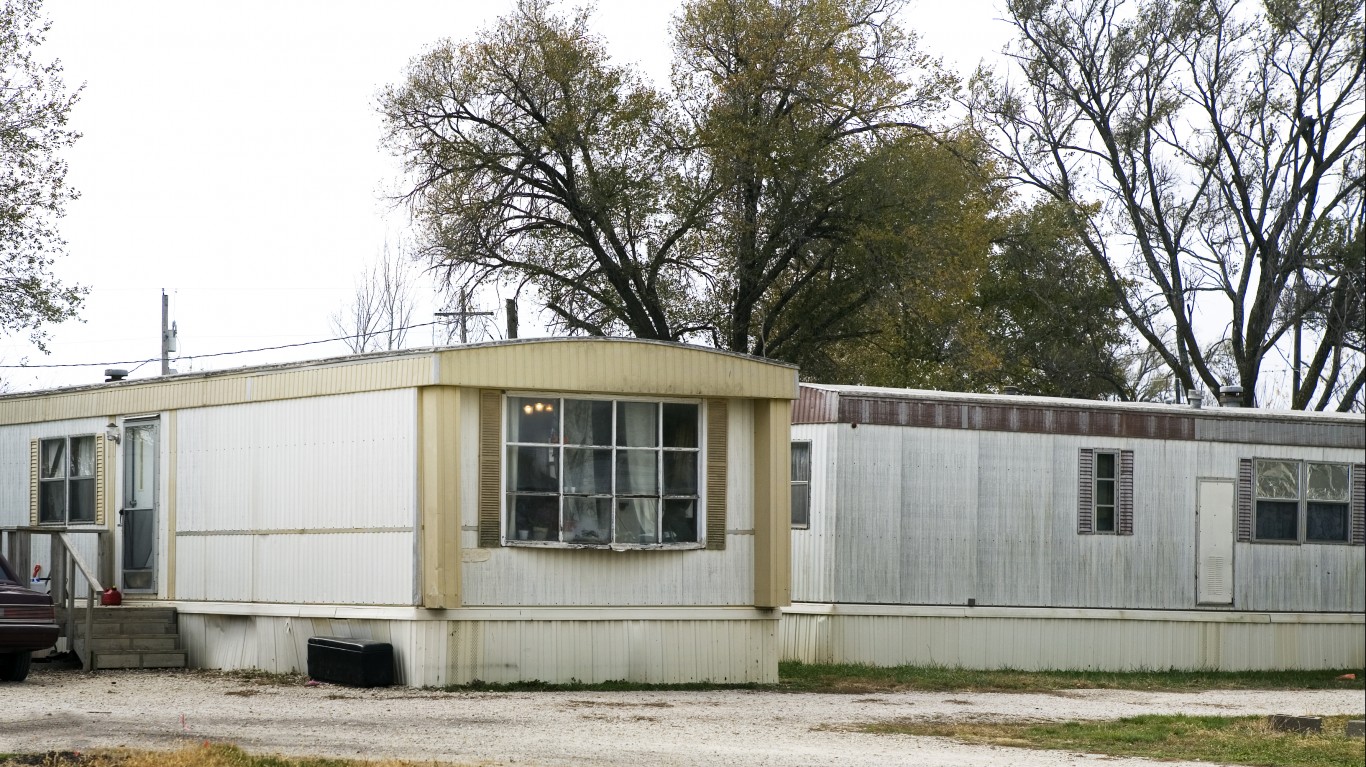
The federal government defines the poverty line in the continental United States as $12,880 per year for individuals and $26,500 for families of four — with slightly higher numbers for Alaska and Hawaii. (These meager amounts are still substantially more than the average citizen makes in the 10 poorest countries in the world.)
Not surprisingly, in these difficult times, poverty is affecting more of the population. Between June and November of last year, the overall poverty rate in the U.S. rose from 9.3% to 11.7%, its highest single-year increase since the government started keeping records, according to a report released in December by financial experts at the University of Notre Dame, the University of Chicago, and China’s Zhejiang University.
The rate was even higher for those without a college degree, for African-Americans, and for children under the age of 17 — about 2.3 million of whom fell into poverty over that same six-month period. You will be shocked at how many children live in poverty in your state.
A major Midwestern city holds the dubious distinction of having the nation’s highest percentage by far of citizens living at or below the poverty line — Detroit, at 30.6%. Two other metropolises in the Midwest figure among the ten poorest cities in the country, Chicago (16.4%) and Columbus, Ohio (16.3%).
But the poorest places in the region are mostly small towns, like Mandaree, N.D. (pop. 544) and Van Bibber Lake, Ind. (pop. 679).
Click here to see the poorest places in the Midwest.
South Dakota accounts for eight of the region’s 25 poorest places. Missouri comes next, with five. Ohio and North Dakota have three each, there are two each in Illinois and Wisconsin, and Michigan and Indiana account for one apiece. While all these states are also home to well-to-do communities, all too much of the Midwest remains economically depressed — especially those with historically marginalized African-American, Native American, and Latino populations.
Federal stimulus efforts might well help such places, but they will doubtless remain among the country’s most economically vulnerable locations.
To identify the poorest places in the Midwest, 24/7 Wall St. reviewed the poverty rate — the percentage of all people who live in poverty — in the approximately 20,000 places with 500 or more residents using data from the U.S. Census Bureau’s 2019 American Community Survey.
The areas reviewed include cities, towns, as well as unincorporated areas known as Census Designated Places, or CDPs. These are the 50 places with the highest poverty rates. Each area’s median household income and population totals also came from the ACS. All data are 5-year averages through 2019, and do not reflect impacts associated with the COVID-19 pandemic. We only considered places where less than 25% of the population are enrolled in college or graduate school.
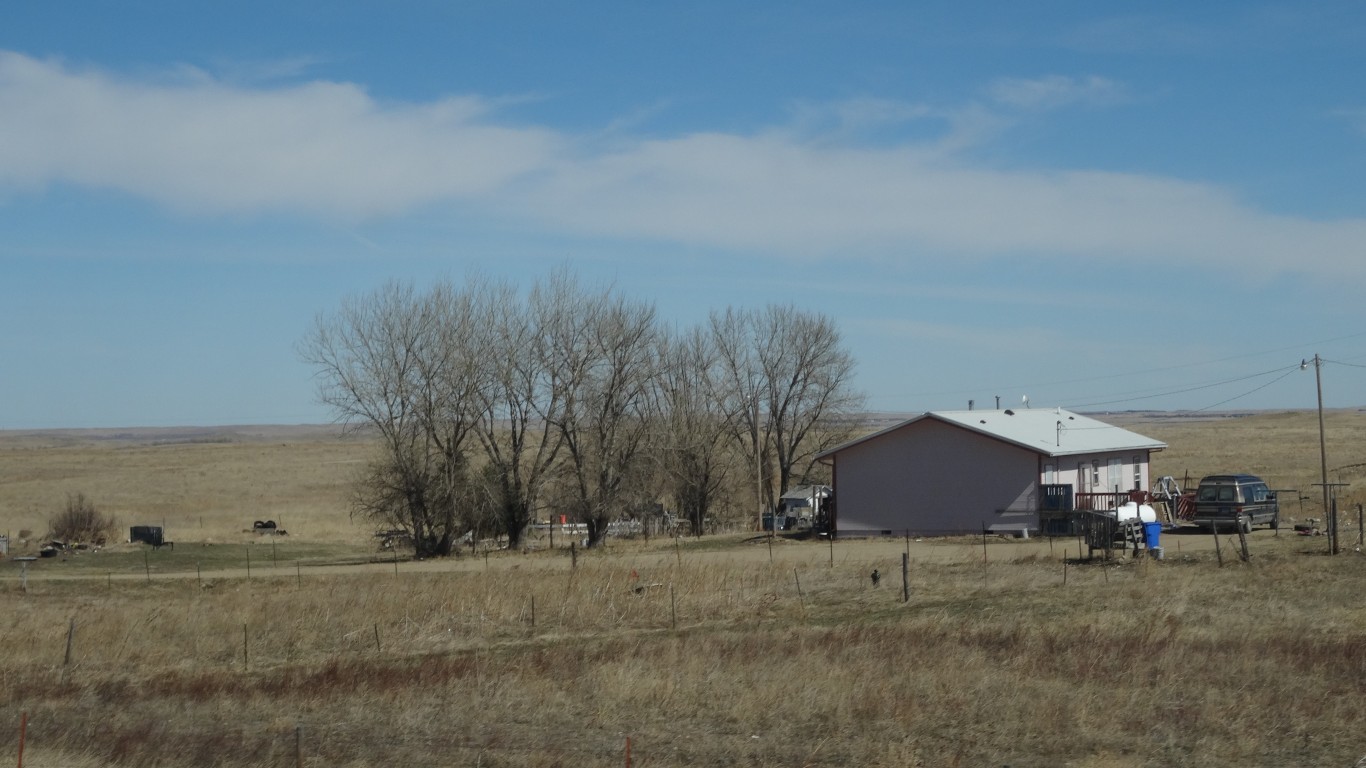
25. Parmelee, South Dakota
> Poverty rate in 2019: 51.6% — #525 out of 29,320 places
> Median household income in 2019: $26,331 — #26,043 out of 29,320 places
> Adults with a bachelor’s degree in 2019: 0.0% — #27,746 out of 29,320 places
> Total adult population in 2019: 717
[in-text-ad]

24. Skyline Acres, Ohio
> Poverty rate in 2019: 51.8% — #515 out of 29,320 places
> Median household income in 2019: $32,333 — #24,263 out of 29,320 places
> Adults with a bachelor’s degree in 2019: 7.0% — #25,039 out of 29,320 places
> Total adult population in 2019: 2,266
23. Fort Thompson, South Dakota
> Poverty rate in 2019: 52.0% — #503 out of 29,320 places
> Median household income in 2019: $23,594 — #26,513 out of 29,320 places
> Adults with a bachelor’s degree in 2019: 5.6% — #25,980 out of 29,320 places
> Total adult population in 2019: 1,235
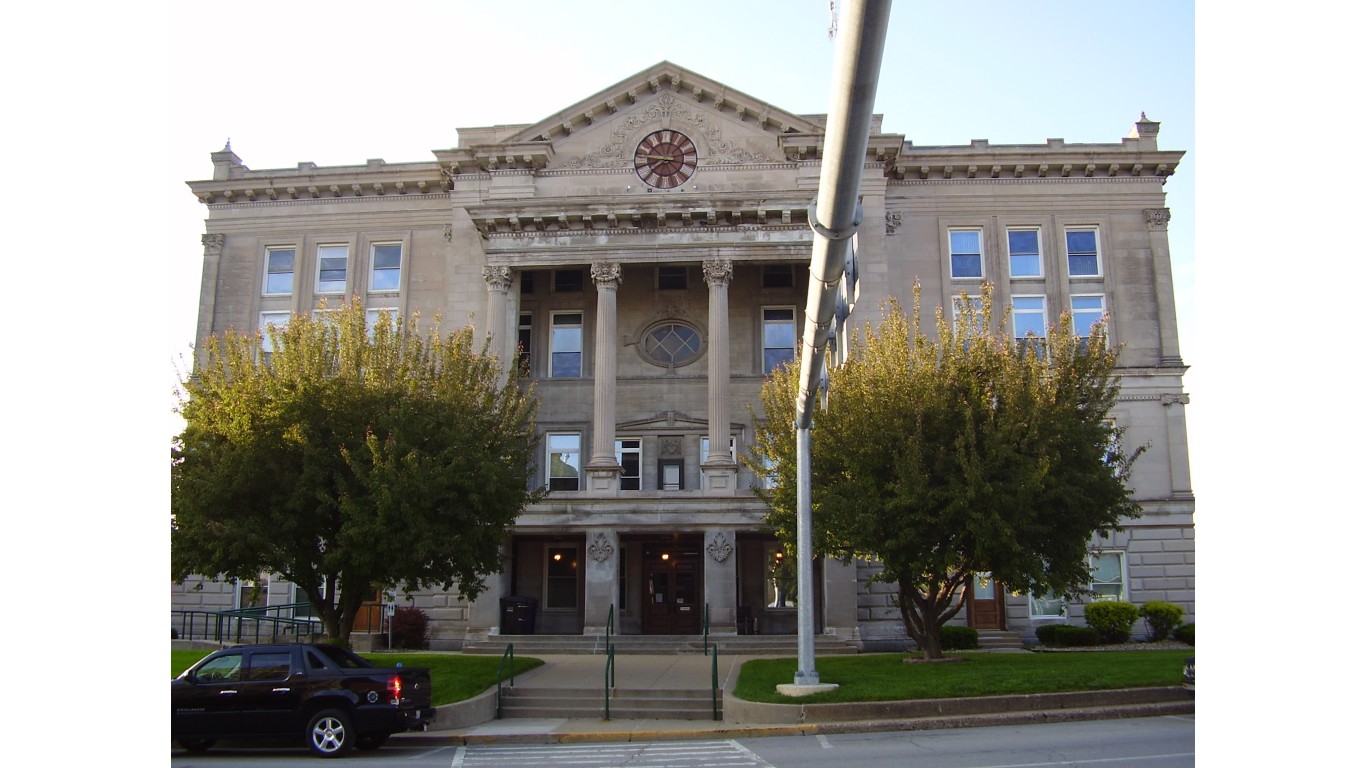
22. Van Bibber Lake, Indiana
> Poverty rate in 2019: 52.4% — #492 out of 29,320 places
> Median household income in 2019: $22,352 — #26,651 out of 29,320 places
> Adults with a bachelor’s degree in 2019: 6.2% — #25,604 out of 29,320 places
> Total adult population in 2019: 679
[in-text-ad-2]
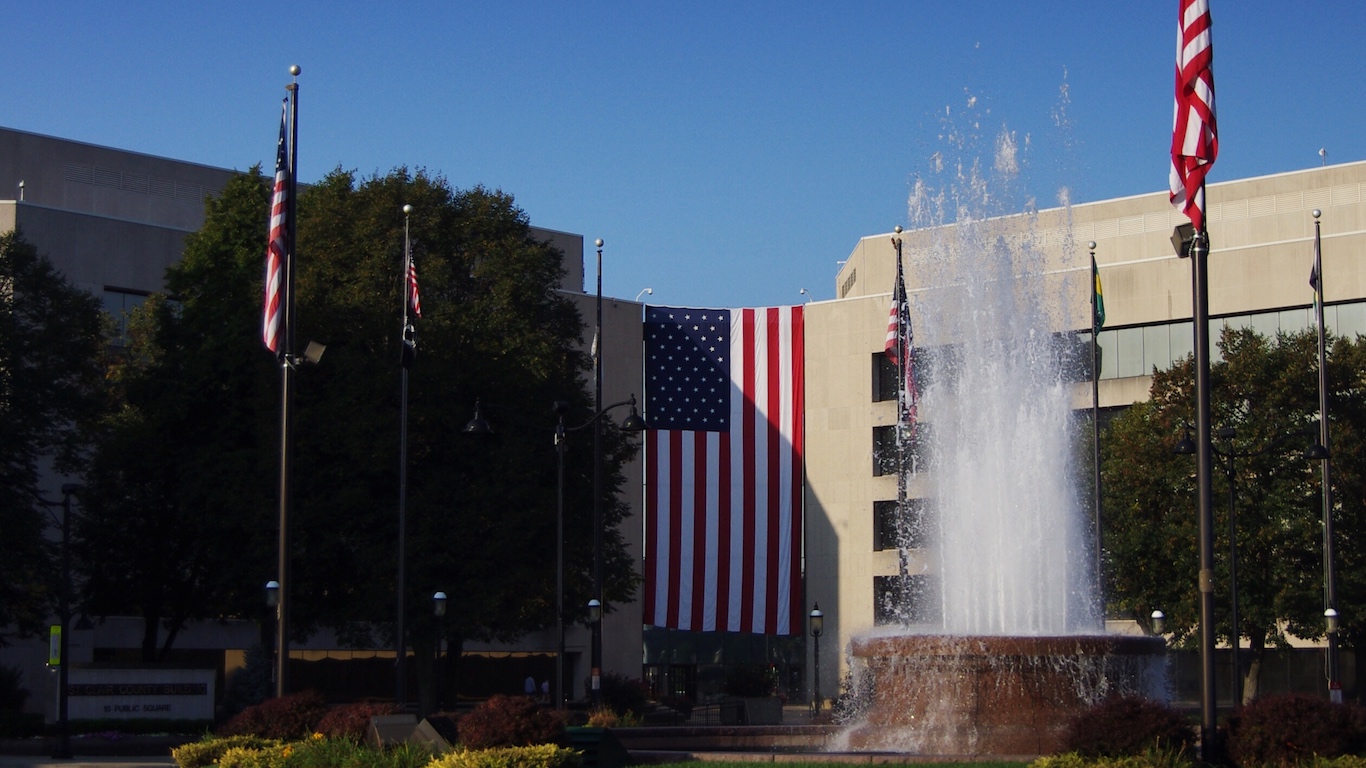
21. Alorton, Illinois
> Poverty rate in 2019: 53.5% — #461 out of 29,320 places
> Median household income in 2019: $22,593 — #26,618 out of 29,320 places
> Adults with a bachelor’s degree in 2019: 6.8% — #25,187 out of 29,320 places
> Total adult population in 2019: 1,847
20. Baldwin, Michigan
> Poverty rate in 2019: 54.2% — #445 out of 29,320 places
> Median household income in 2019: $16,146 — #27,055 out of 29,320 places
> Adults with a bachelor’s degree in 2019: 3.5% — #26,993 out of 29,320 places
> Total adult population in 2019: 1,149
[in-text-ad]
19. Mandaree, North Dakota
> Poverty rate in 2019: 54.3% — #441 out of 29,320 places
> Median household income in 2019: $34,375 — #23,458 out of 29,320 places
> Adults with a bachelor’s degree in 2019: 10.7% — #21,817 out of 29,320 places
> Total adult population in 2019: 544
18. Austinburg, Ohio
> Poverty rate in 2019: 55.3% — #412 out of 29,320 places
> Median household income in 2019: $!Unexpected End of Formula — #!Syntax Error, .. out of 29,320 places
> Adults with a bachelor’s degree in 2019: 22.9% — #10,565 out of 29,320 places
> Total adult population in 2019: 662
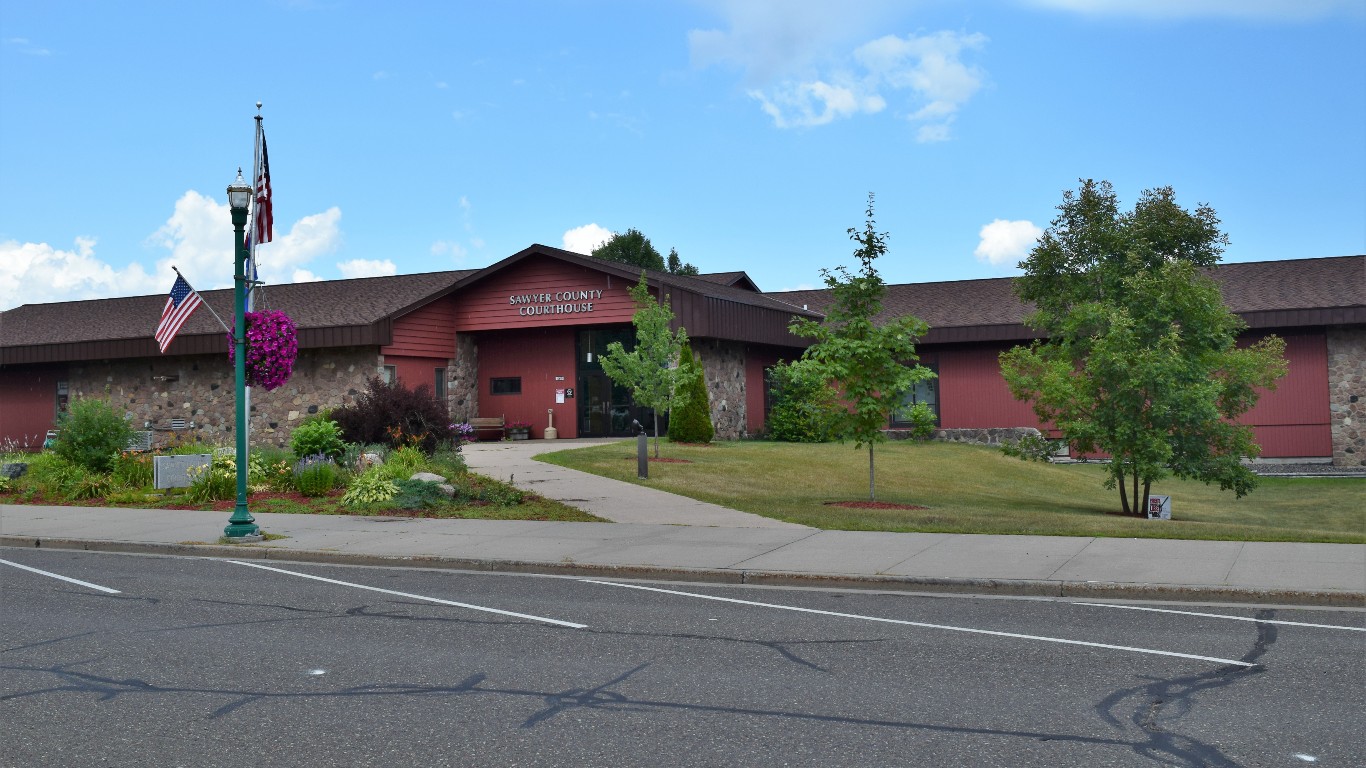
17. Little Round Lake, Wisconsin
> Poverty rate in 2019: 55.7% — #409 out of 29,320 places
> Median household income in 2019: $21,985 — #26,696 out of 29,320 places
> Adults with a bachelor’s degree in 2019: 4.9% — #26,344 out of 29,320 places
> Total adult population in 2019: 1,080
[in-text-ad-2]

16. Gainesville, Missouri
> Poverty rate in 2019: 55.9% — #403 out of 29,320 places
> Median household income in 2019: $10,469 — #27,129 out of 29,320 places
> Adults with a bachelor’s degree in 2019: 4.9% — #26,344 out of 29,320 places
> Total adult population in 2019: 608
15. East Dunseith, North Dakota
> Poverty rate in 2019: 57.1% — #373 out of 29,320 places
> Median household income in 2019: $15,455 — #27,067 out of 29,320 places
> Adults with a bachelor’s degree in 2019: 3.0% — #27,178 out of 29,320 places
> Total adult population in 2019: 538
[in-text-ad]
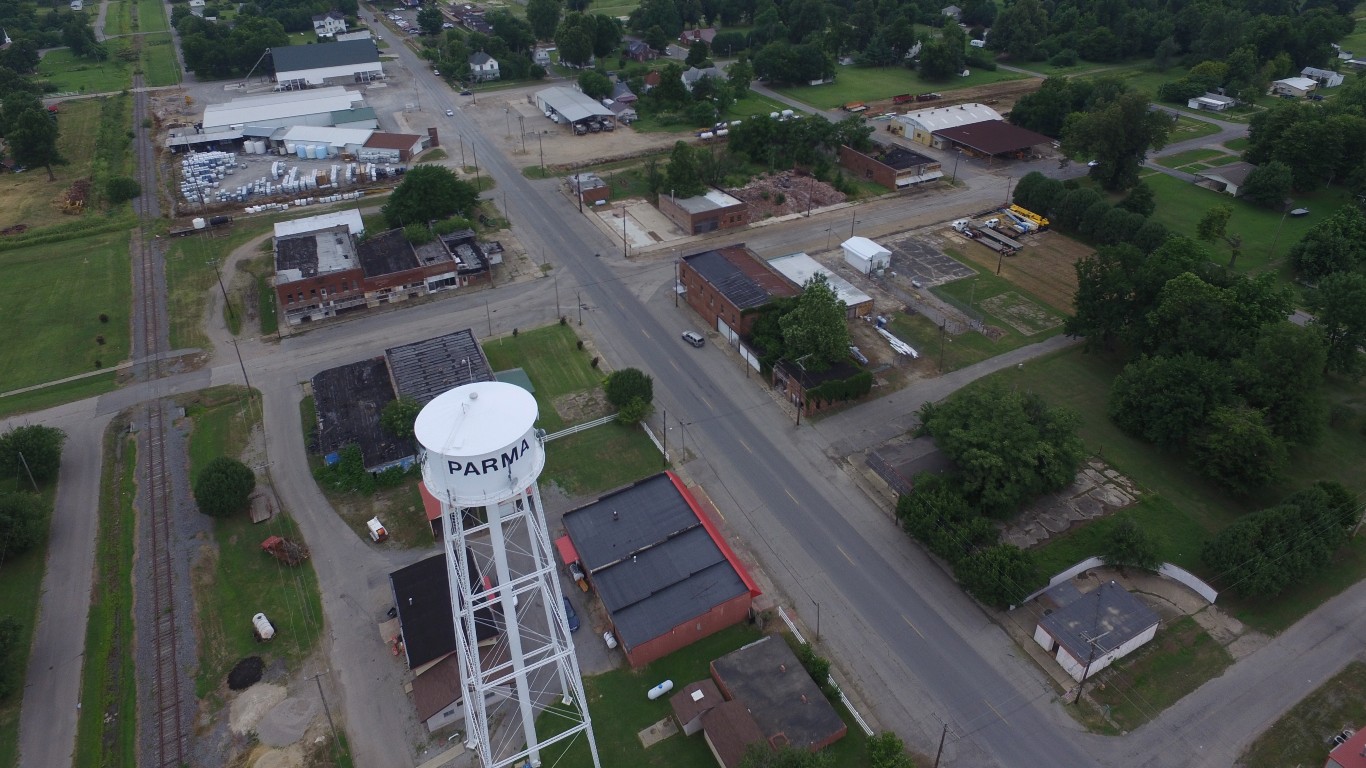
14. Parma, Missouri
> Poverty rate in 2019: 57.9% — #358 out of 29,320 places
> Median household income in 2019: $24,231 — #26,422 out of 29,320 places
> Adults with a bachelor’s degree in 2019: 8.4% — #24,004 out of 29,320 places
> Total adult population in 2019: 608

13. Mission, South Dakota
> Poverty rate in 2019: 58.7% — #335 out of 29,320 places
> Median household income in 2019: $21,029 — #26,787 out of 29,320 places
> Adults with a bachelor’s degree in 2019: 7.6% — #24,589 out of 29,320 places
> Total adult population in 2019: 1,310

12. Birch Tree, Missouri
> Poverty rate in 2019: 60.9% — #287 out of 29,320 places
> Median household income in 2019: $14,766 — #27,082 out of 29,320 places
> Adults with a bachelor’s degree in 2019: 9.7% — #22,823 out of 29,320 places
> Total adult population in 2019: 667
[in-text-ad-2]
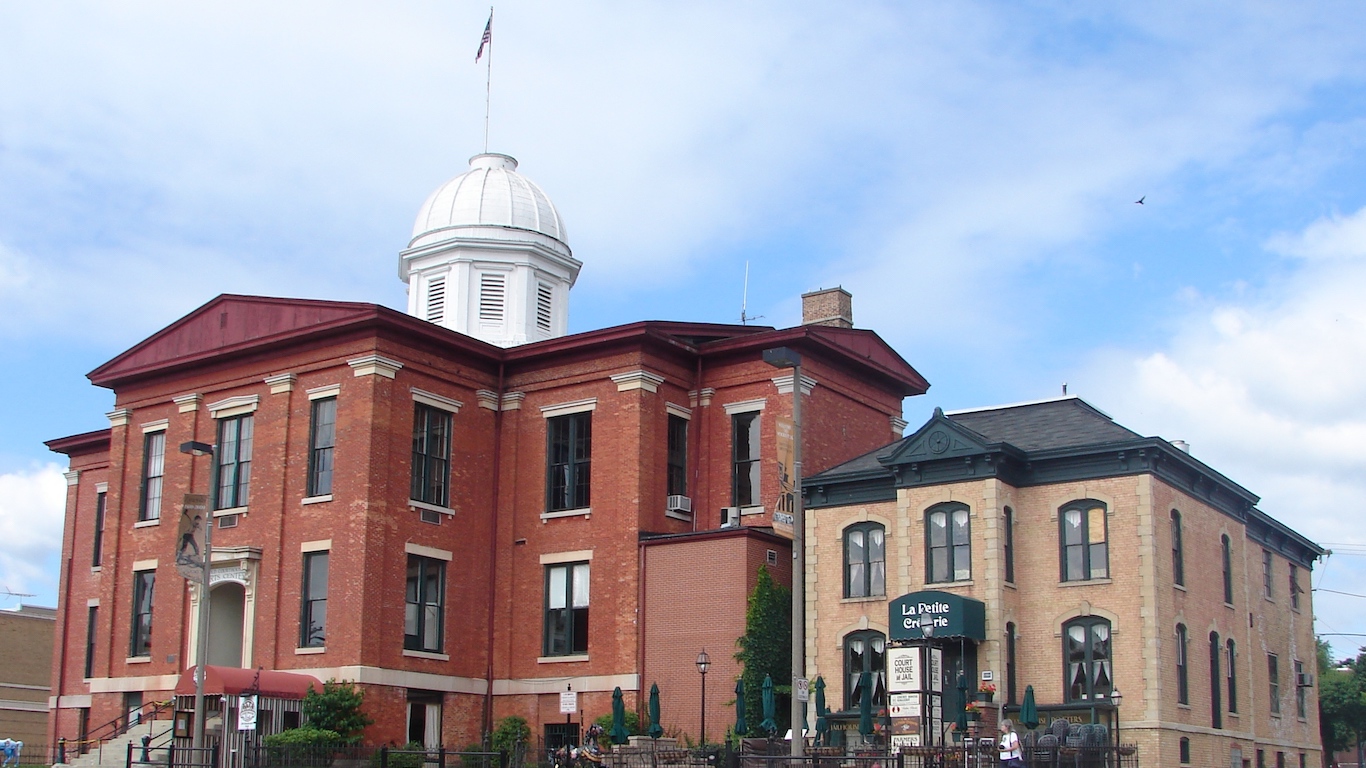
11. Chemung, Illinois
> Poverty rate in 2019: 62.7% — #261 out of 29,320 places
> Median household income in 2019: $36,228 — #22,699 out of 29,320 places
> Adults with a bachelor’s degree in 2019: 0.0% — #27,746 out of 29,320 places
> Total adult population in 2019: 665
10. Verona, Missouri
> Poverty rate in 2019: 63.5% — #250 out of 29,320 places
> Median household income in 2019: $28,633 — #25,553 out of 29,320 places
> Adults with a bachelor’s degree in 2019: 1.0% — #27,692 out of 29,320 places
> Total adult population in 2019: 647
[in-text-ad]
9. Neopit, Wisconsin
> Poverty rate in 2019: 64.7% — #234 out of 29,320 places
> Median household income in 2019: $29,345 — #25,371 out of 29,320 places
> Adults with a bachelor’s degree in 2019: 8.1% — #24,236 out of 29,320 places
> Total adult population in 2019: 776

8. Antelope, South Dakota
> Poverty rate in 2019: 65.1% — #226 out of 29,320 places
> Median household income in 2019: $11,250 — #27,127 out of 29,320 places
> Adults with a bachelor’s degree in 2019: 12.0% — #20,467 out of 29,320 places
> Total adult population in 2019: 900
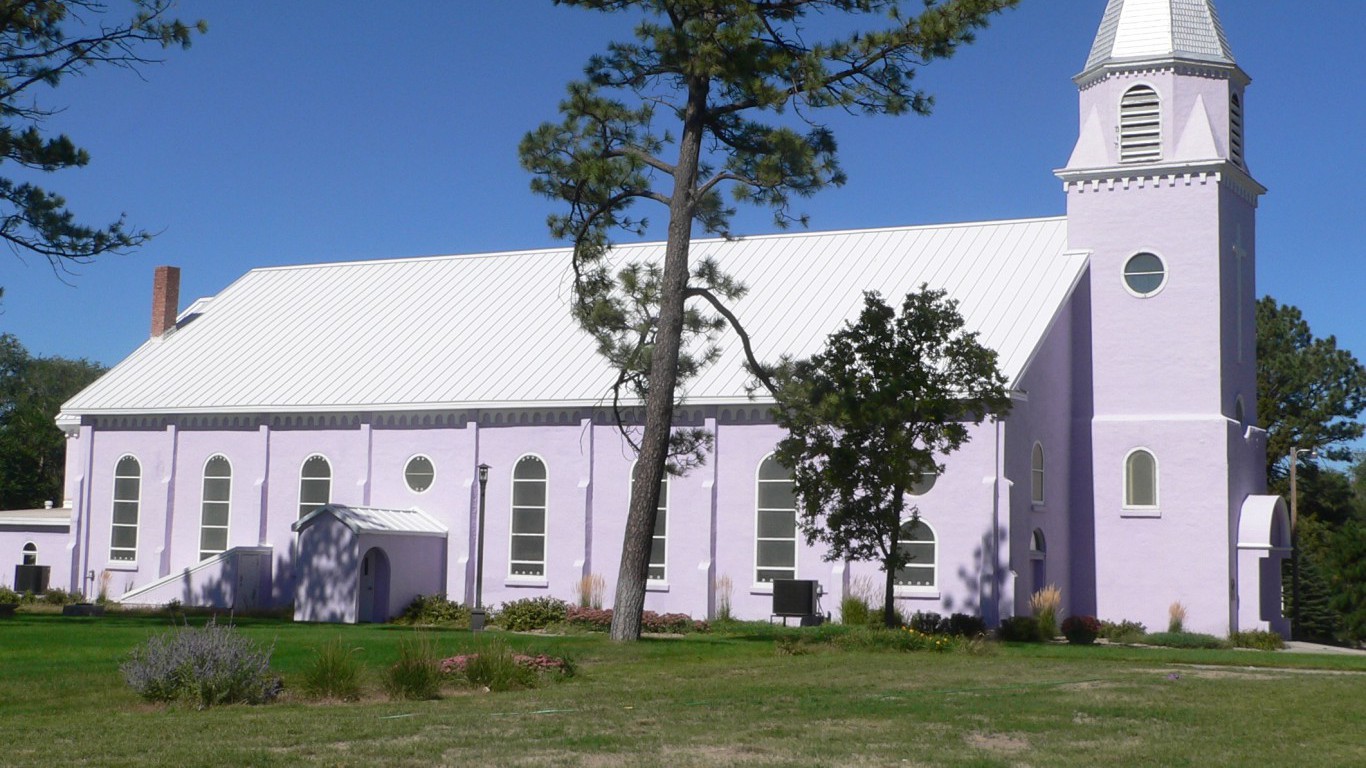
7. St. Francis, South Dakota
> Poverty rate in 2019: 65.7% — #216 out of 29,320 places
> Median household income in 2019: $15,833 — #27,060 out of 29,320 places
> Adults with a bachelor’s degree in 2019: 11.7% — #20,761 out of 29,320 places
> Total adult population in 2019: 654
[in-text-ad-2]
6. Fort Totten, North Dakota
> Poverty rate in 2019: 66.3% — #208 out of 29,320 places
> Median household income in 2019: $22,917 — #26,583 out of 29,320 places
> Adults with a bachelor’s degree in 2019: 2.0% — #27,488 out of 29,320 places
> Total adult population in 2019: 1,247
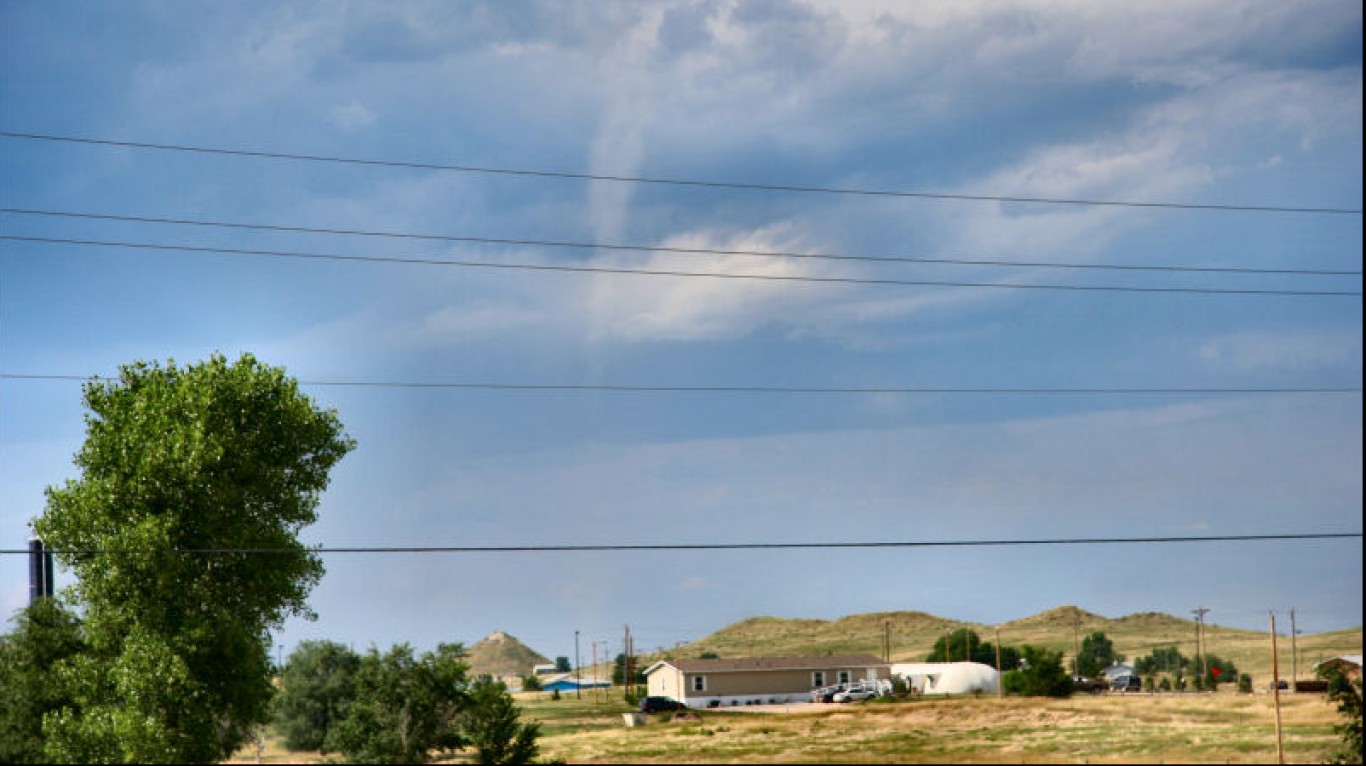
5. Rosebud, South Dakota
> Poverty rate in 2019: 67.1% — #197 out of 29,320 places
> Median household income in 2019: $19,453 — #26,902 out of 29,320 places
> Adults with a bachelor’s degree in 2019: 8.1% — #24,236 out of 29,320 places
> Total adult population in 2019: 1,703
[in-text-ad]
4. Wanblee, South Dakota
> Poverty rate in 2019: 69.1% — #177 out of 29,320 places
> Median household income in 2019: $23,250 — #26,558 out of 29,320 places
> Adults with a bachelor’s degree in 2019: 9.8% — #22,715 out of 29,320 places
> Total adult population in 2019: 975
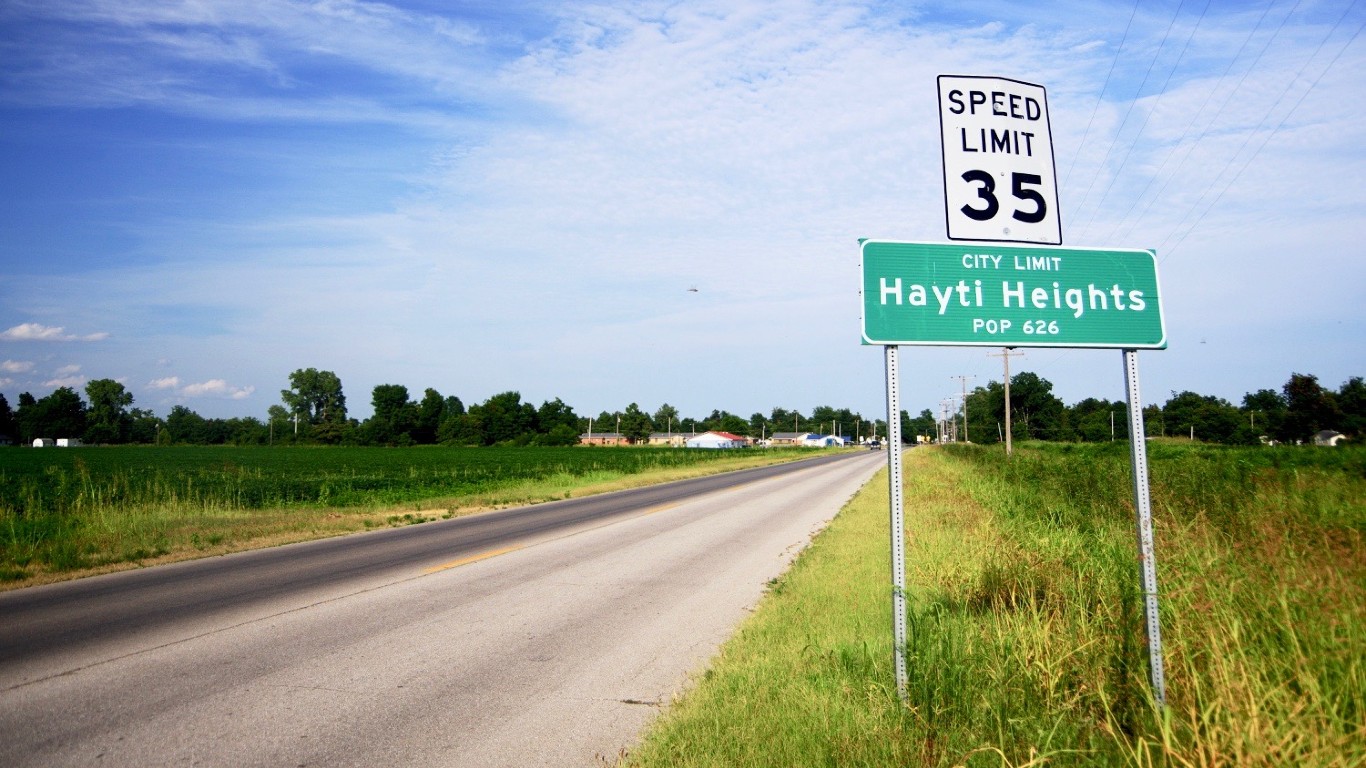
3. Hayti Heights, Missouri
> Poverty rate in 2019: 69.8% — #173 out of 29,320 places
> Median household income in 2019: $20,536 — #26,834 out of 29,320 places
> Adults with a bachelor’s degree in 2019: 3.3% — #27,076 out of 29,320 places
> Total adult population in 2019: 537
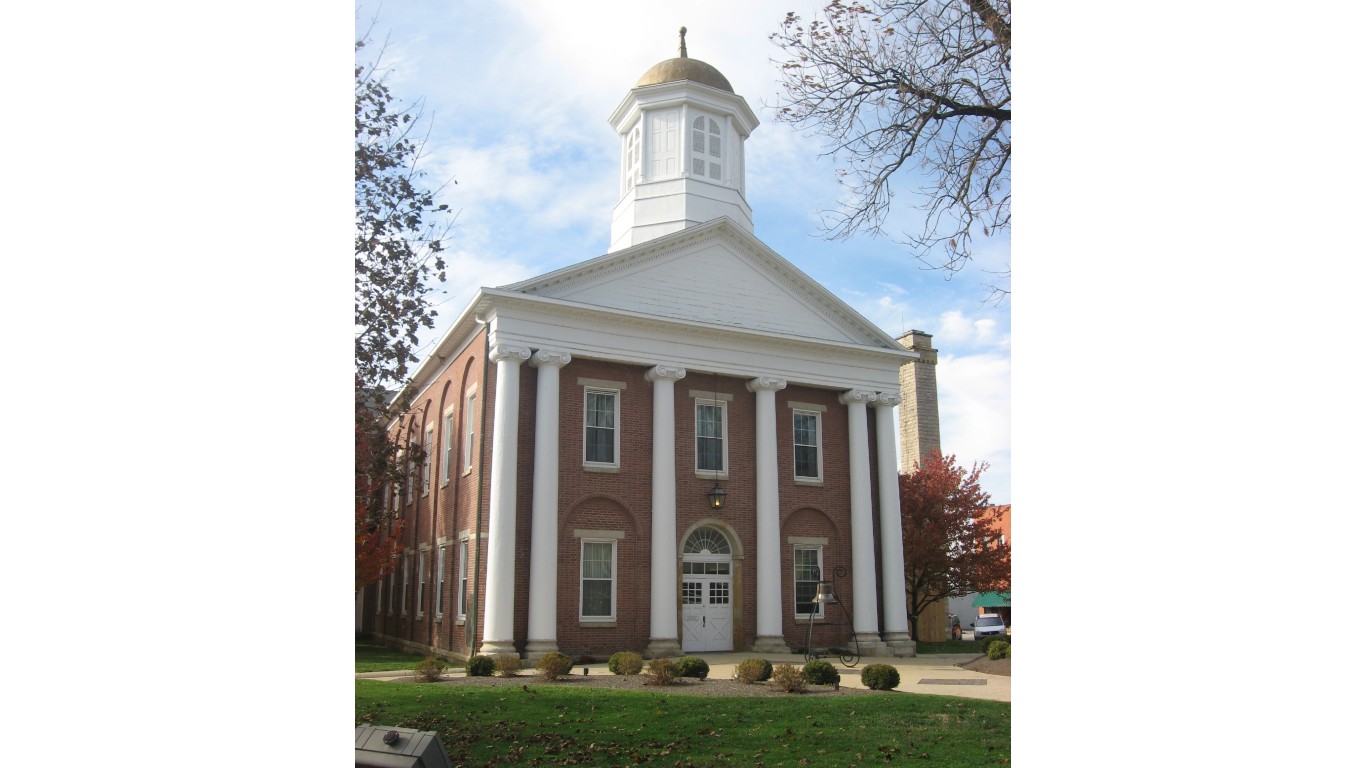
2. Highland Holiday, Ohio
> Poverty rate in 2019: 73.9% — #146 out of 29,320 places
> Median household income in 2019: $21,250 — #26,764 out of 29,320 places
> Adults with a bachelor’s degree in 2019: 0.0% — #27,746 out of 29,320 places
> Total adult population in 2019: 510
[in-text-ad-2]
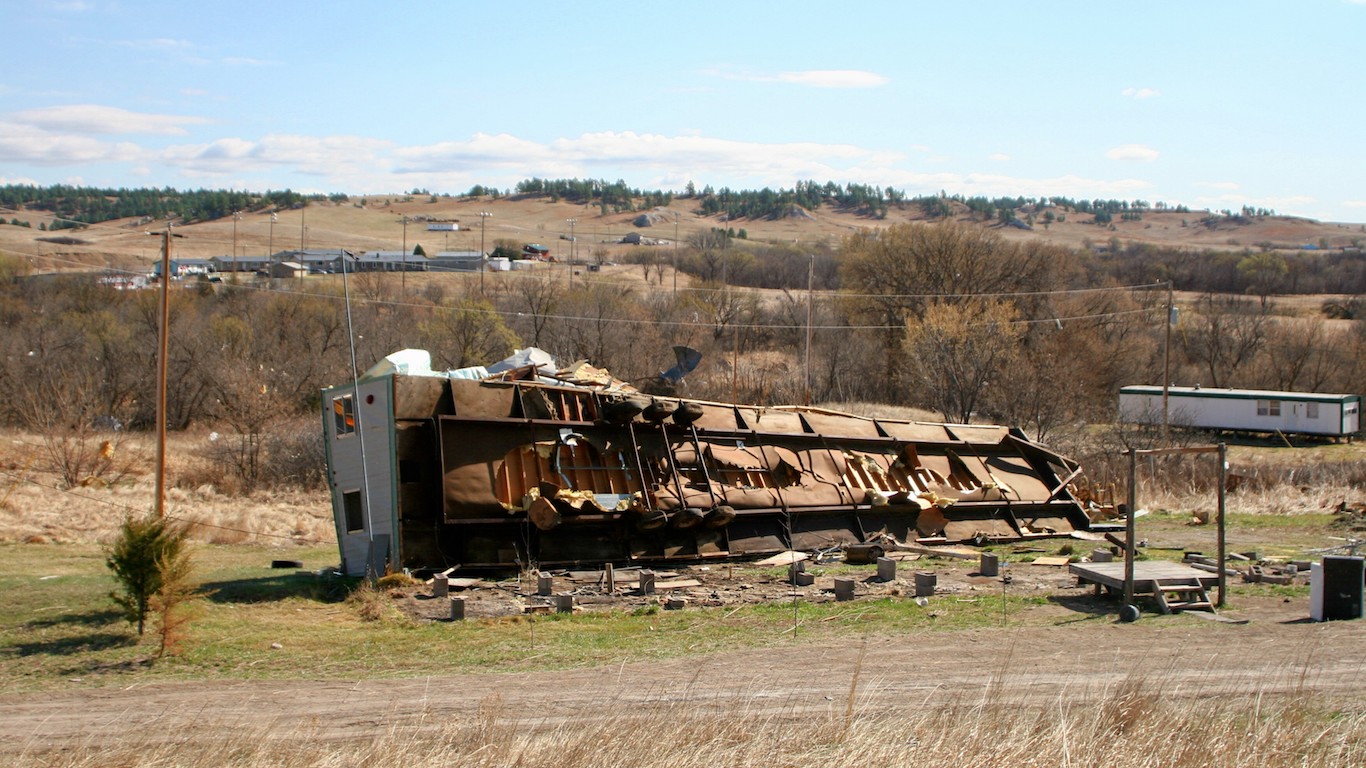
1. Porcupine, South Dakota
> Poverty rate in 2019: 89.8% — #73 out of 29,320 places
> Median household income in 2019: $16,964 — #27,019 out of 29,320 places
> Adults with a bachelor’s degree in 2019: 5.9% — #25,790 out of 29,320 places
> Total adult population in 2019: 1,470
Are You Ahead, or Behind on Retirement?
If you’re one of the over 4 Million Americans set to retire this year, you may want to pay attention. Many people have worked their whole lives preparing to retire without ever knowing the answer to the most important question: am I ahead, or behind on my goals?
Don’t make the same mistake. It’s an easy question to answer. A quick conversation with a financial advisor can help you unpack your savings, spending, and goals for your money. With Zoe Financial’s free matching tool, you can connect with trusted financial advisors in minutes.
Why wait? Click here to get started today!
Thank you for reading! Have some feedback for us?
Contact the 24/7 Wall St. editorial team.
 24/7 Wall St.
24/7 Wall St.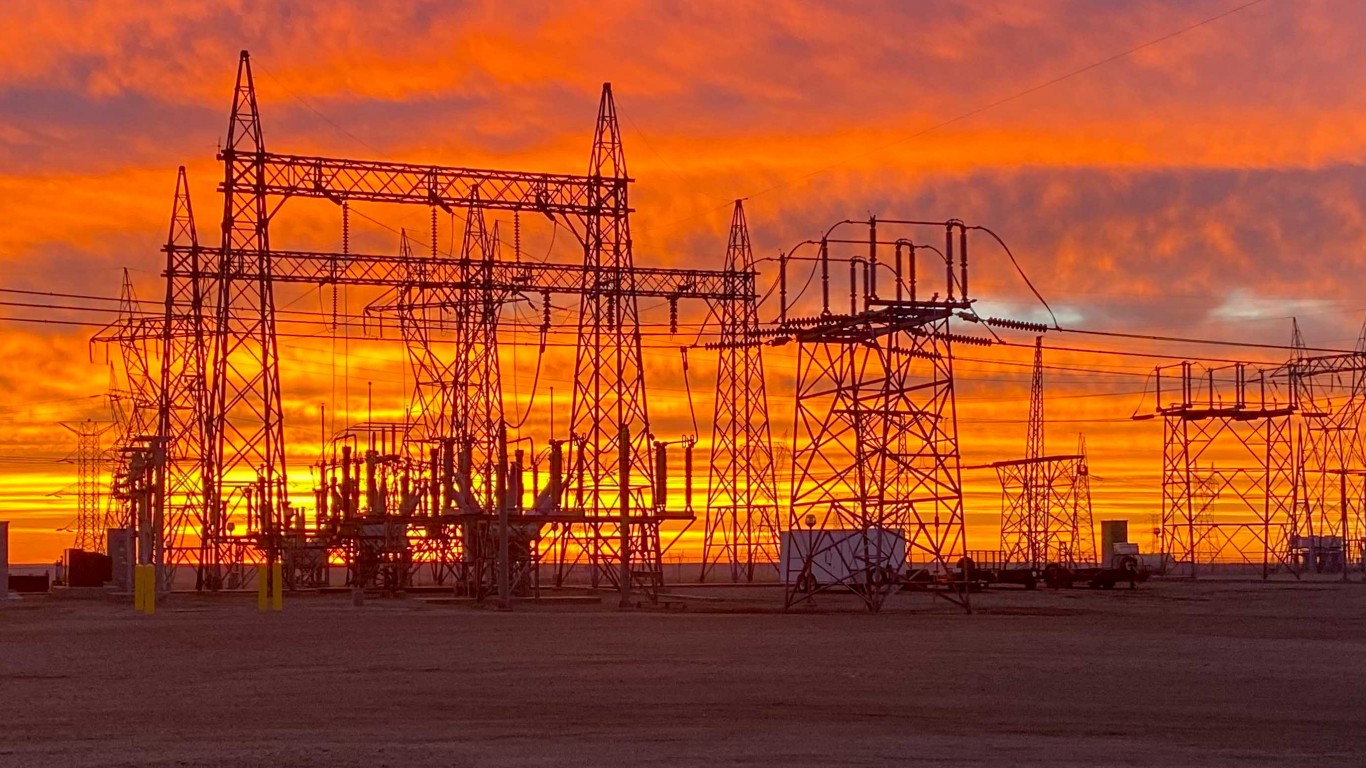
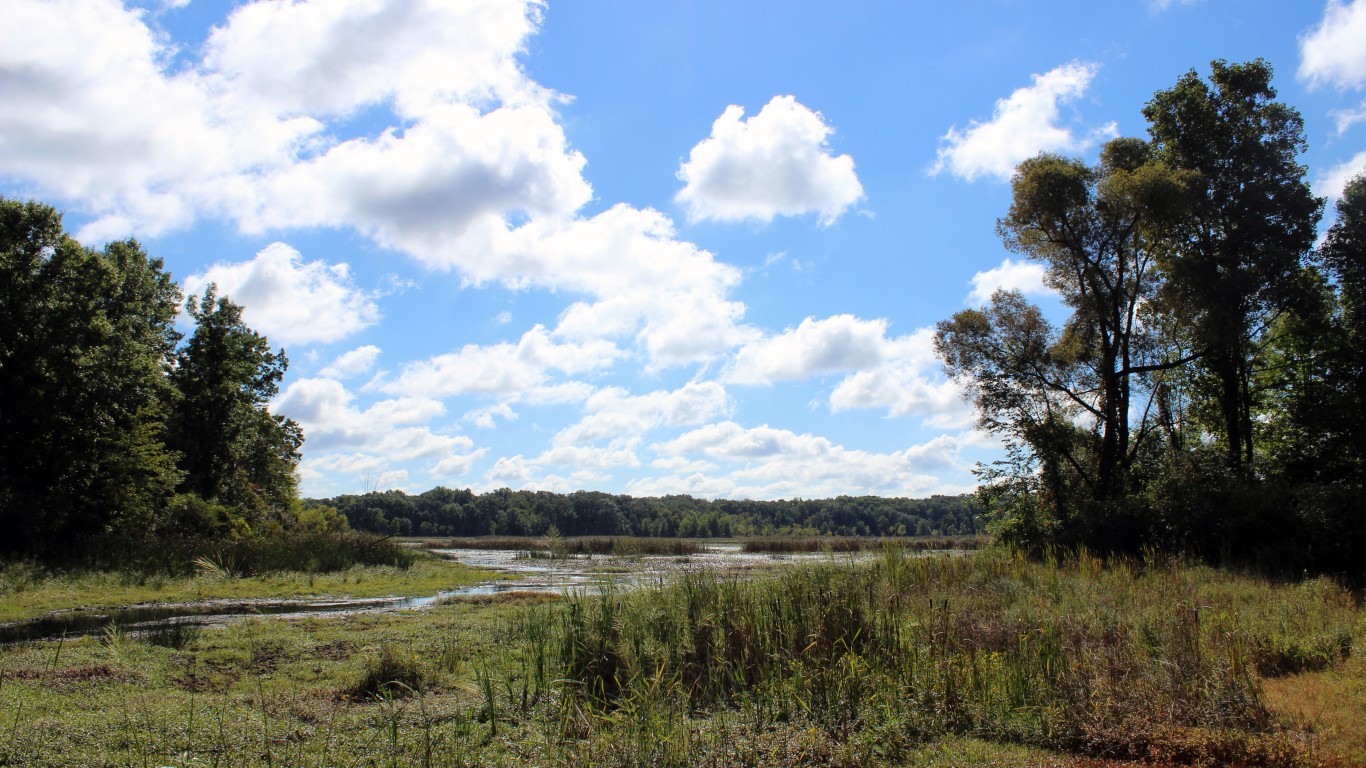
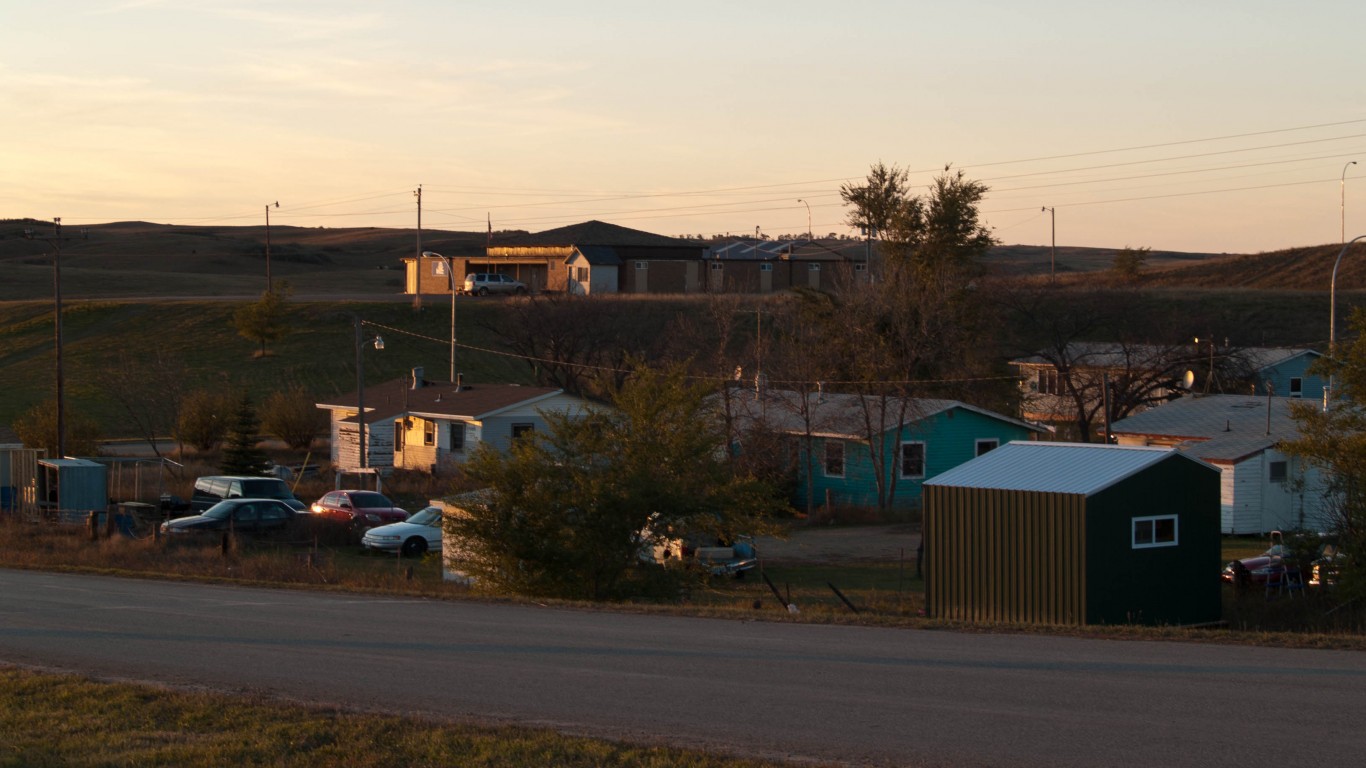
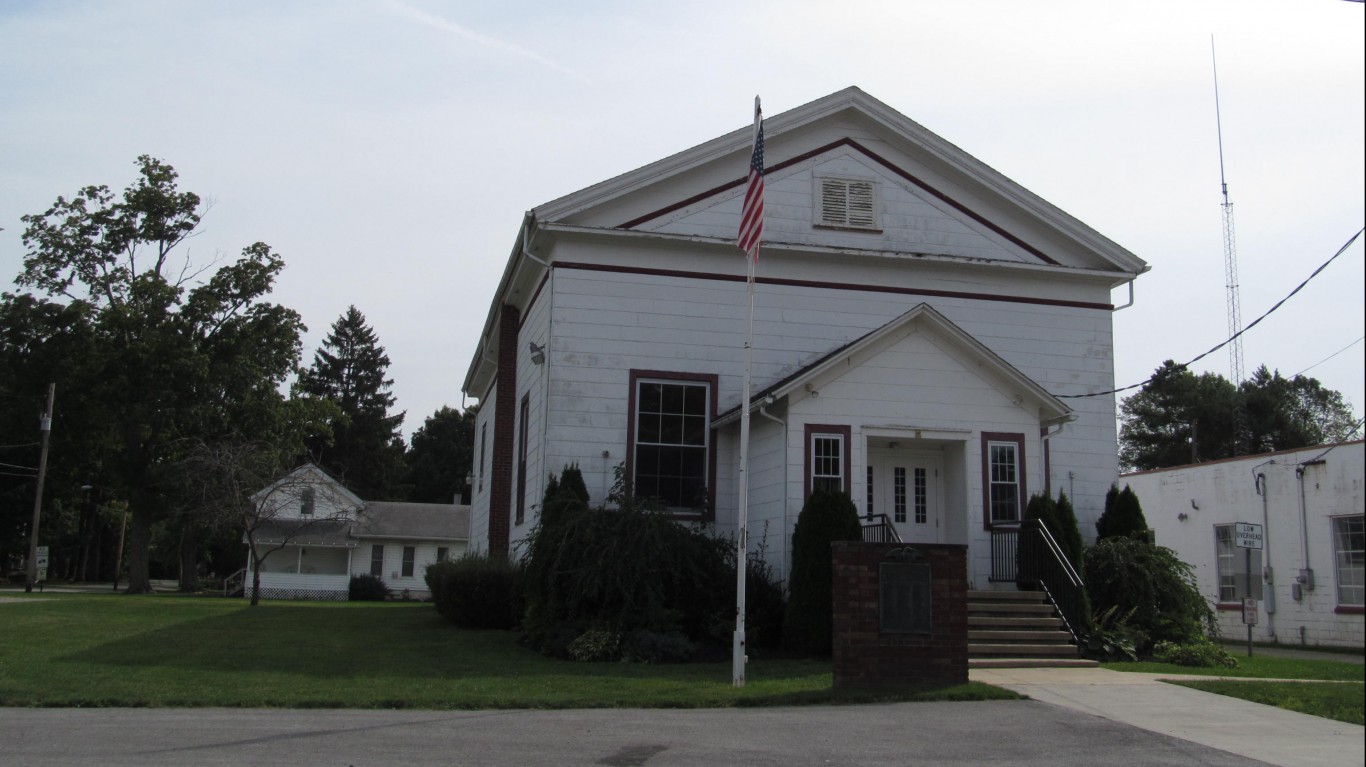
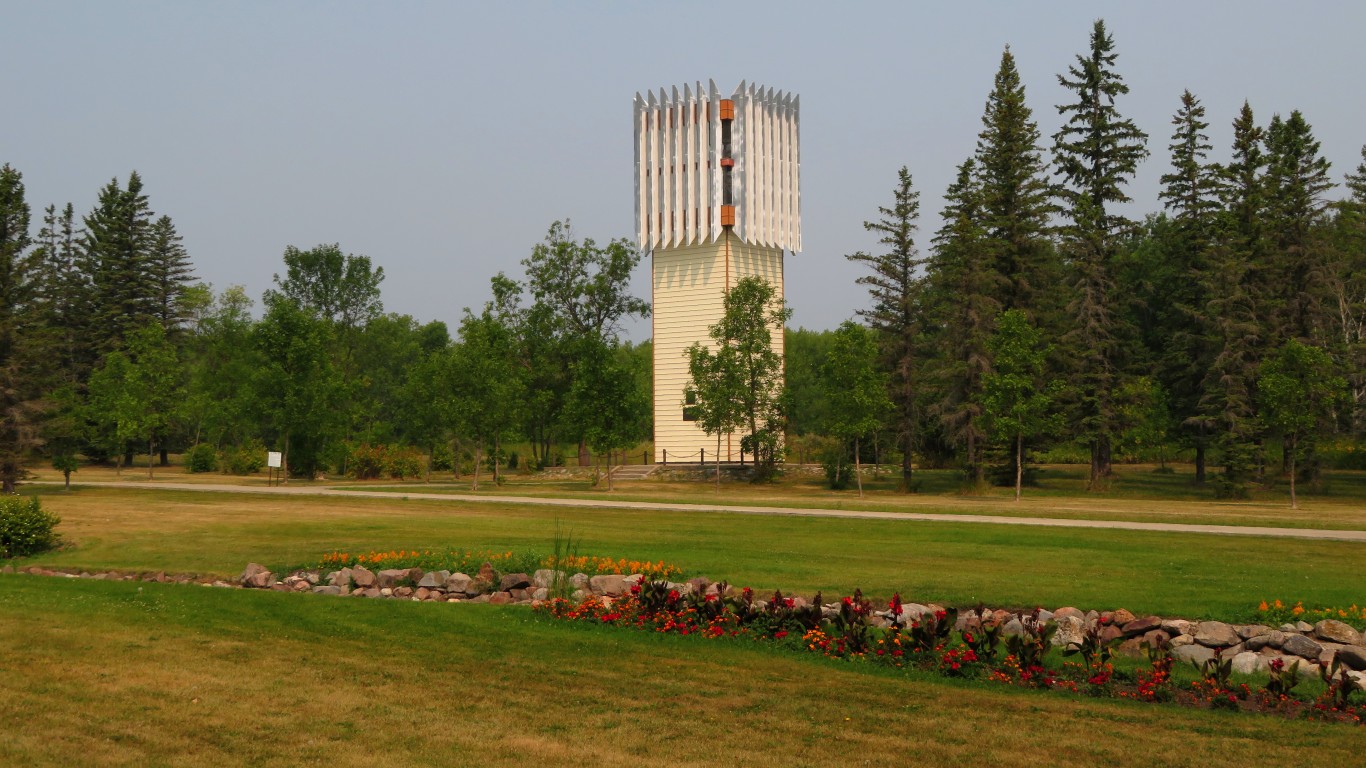
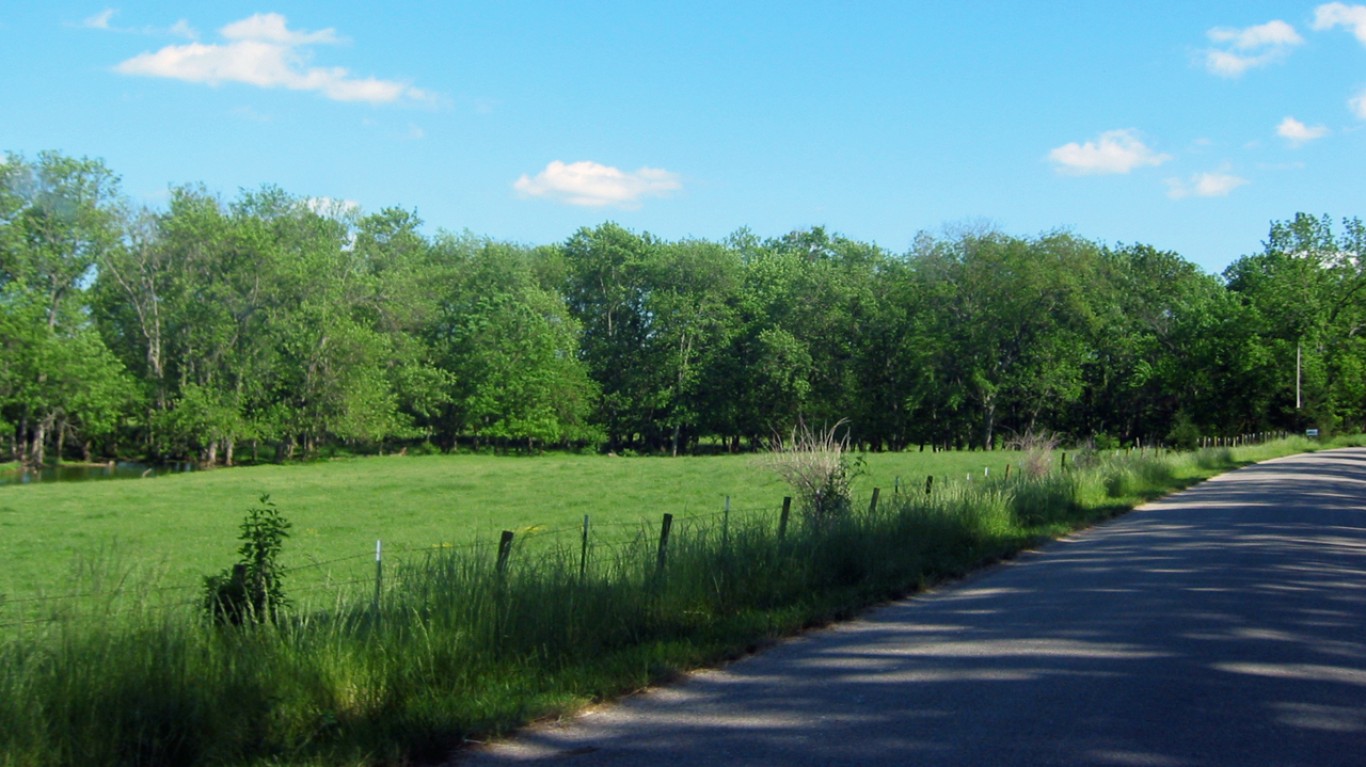

 24/7 Wall St.
24/7 Wall St.



